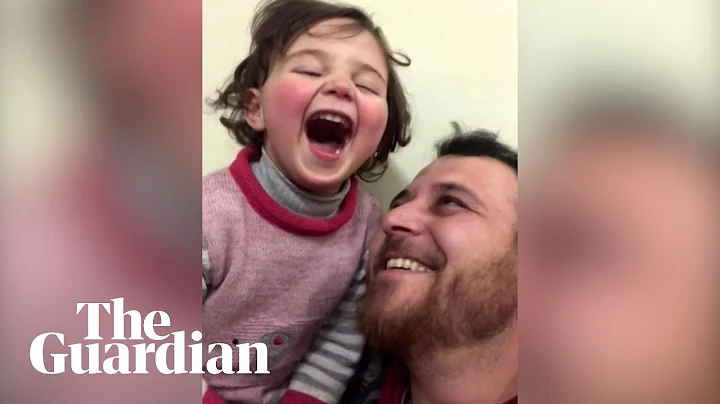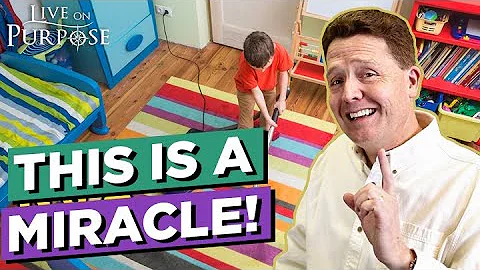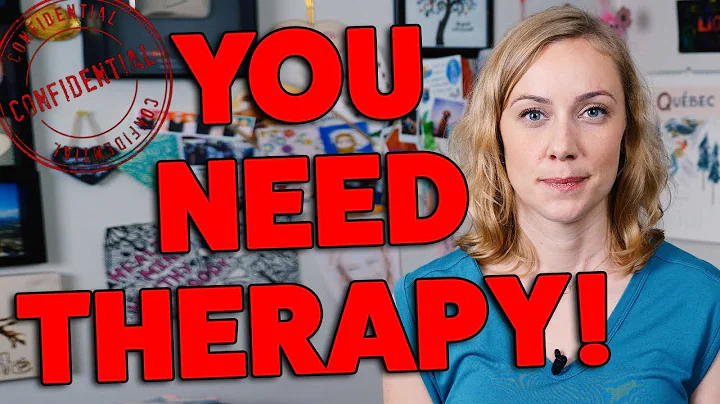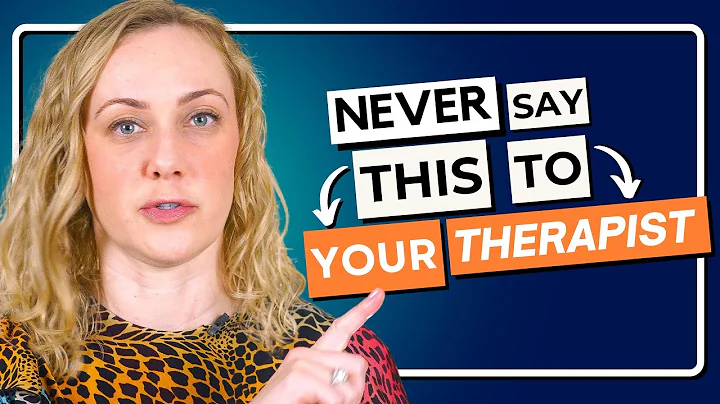points to toy A, but the child looks at toy B. Does it mean that the child does not look at you even if you yell?
"Listening but not hearing" and "turning a blind eye" have embarrassed many parents of Xingba. Not only is it difficult for children to make progress without attention, but it also makes parents so angry that their blood pressure soars!
It can be said that a major problem affecting the learning of autistic children is inattention. The formation of attention is not only related to the development of nervous system , but also related to the acquired education of parents and teachers.
training is not about letting children watch TV for a while, eat snacks for a while, and study for a while, but requires long-term scientific and persistent training, training attention, starting from establishing eye contact.

The first step of attention training: eye contact
Establishing "eye contact" is also often called "eye to eye" training. Rehabilitation therapists will often put objects (usually toys) that the child is interested in next to their eyes. to attract children's attention.
In the early stages of training, whenever the child is called, something good should happen, such as praise, letting the child play with his favorite toys, etc., so that the child will take the initiative to look over when the rehabilitation therapist calls the child in the future. Only when first attracts children's attention can the next step of instruction be given.
Help children build their attention in games
There is no child who doesn’t like to play. Playing is a child’s nature. Therefore, entertaining and educating is a shortcut.
1. When choosing games, let your children make the decision.
Everyone has things they like to do and things they don’t like to do. Even asking an adult to continue doing something he doesn't want to do is unrealistic. allows children to choose their favorite games , and itself can become a reinforcer for children.
For example, if your child likes to play ball, you can play a game of throwing and catching with your child. In the process of throwing the ball back and forth, the child's attention, sharing ability, and joint attention ability are all improved. You can also play games like checkers and fishing. You make a move, and I make a move.
During these interactive games, the child must pay full attention to the adult's actions in order to make his next move. So in this process, the child's attention is greatly improved.
2. Give children guidance
When we play with our children, we need to let them know what the next step is. should pay attention to the words should be concise , clear , when the child is not focused, the command can be repeated once.
Give your child a directive. If he doesn't respond immediately, just wait. Sometimes the child responds after a few seconds. If he still doesn't respond, repeat the command again until he responds.
instructions range from simple to complex, from instructions that are familiar to children to instructions that are unfamiliar to the child, and gradually increase in difficulty. But don’t give instructions too frequently, that is, don’t provide excessive assistance to avoid the child becoming dependent, which is not conducive to the improvement of attention.

3. Talk and communicate with children during play
often describe the child's ongoing behaviors and actions , can often successfully attract his attention . In daily life, parents can learn this method, communicate more with their children, and help them express themselves, especially on matters related to self-care. After a period of time, the child's vocabulary will increase relatively and his attention span will also improve. In addition, effective interactive communication will also promote children's understanding.
4. Teach children to imitate
When playing with children, let them imitate their own actions. For example, build a building block, and then ask the child to build the next building block of the same shape and color. When the child finishes, praise him immediately. Or imitate large movements, such as jumping three times and stopping, and let the child imitate; then clap your hands five times, let the child imitate again, and then encourage and strengthen him in time.
5, task switching
Many children have emotional problems when it is time to play the next game after one game is over.You can greet your children in advance, "We will play puzzles first, and then play with balloons"; "We will end the game in 3 minutes"... This will help the children to smoothly transition their attention from one game to another. Games, that is, diversion of attention. A very important point in using this method is generalization. If is done this way during institutional intervention, it is best to use it at home and at school. This can better avoid the occurrence of emotional problems in children.

You can also use some small games in daily life to train children's attention, such as
⭐ tracking moving objects: balloons, bubbles, rolling balls;
⭐ looking for hidden or covered items;
⭐ pitching, Ring roping, bowling;
⭐ maze walking, etc.
When training children's attention, targeted training should be carried out according to the child's age and interests, and strive to achieve "individualized intervention."
In addition, attention training does not produce immediate results in a short period of time. In addition to institutional intervention, parents need to work together to seize all opportunities in daily life to help their children grow.

400-606-2105
Meet Enqi
Meet Ingcare
If you have any questions about the rehabilitation treatment of autistic children, you can add customer service WeChat to contact us.





















